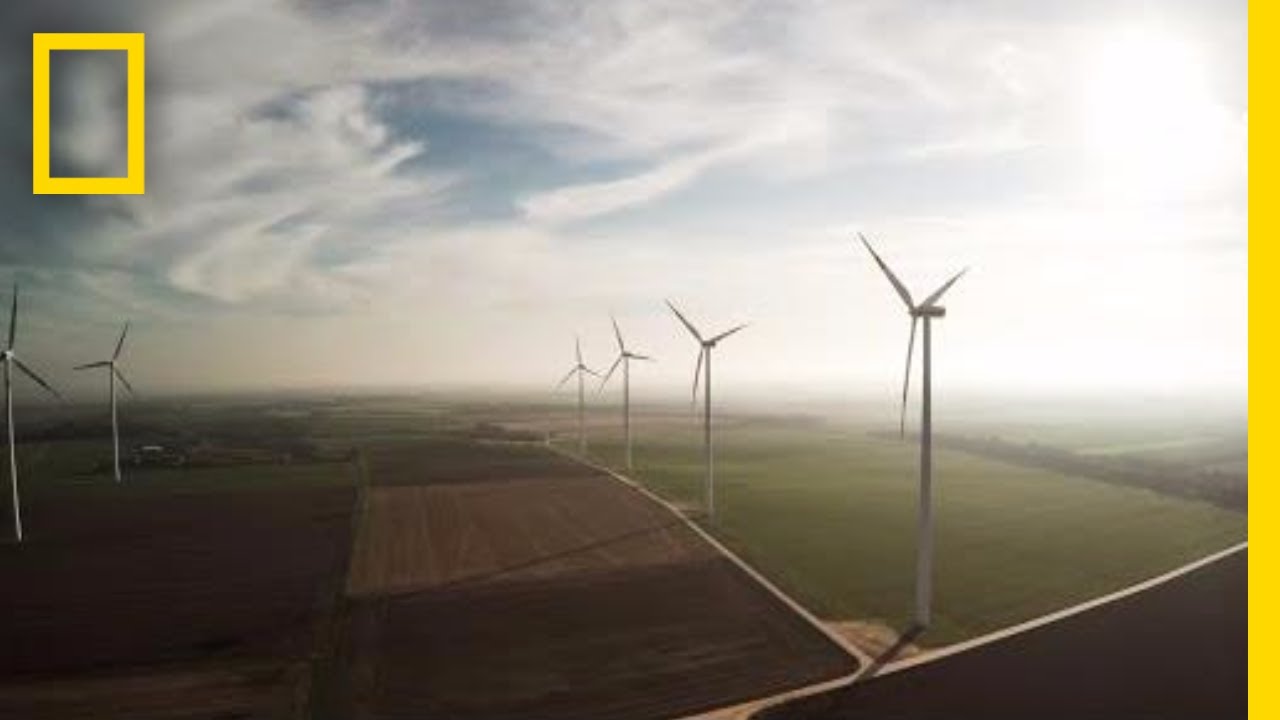
Introduction to Sustainable Development
In recent years, the world has become increasingly aware of the need for sustainable development. This concept revolves around meeting the needs of the present without compromising the ability of future generations to meet their own needs. It encompasses a variety of practices and strategies aimed at promoting a healthier planet and improving the quality of life for all its inhabitants. One of the most significant aspects of sustainable development is the transition to renewable energy sources.
Understanding Renewable Energy
Renewable energy refers to energy derived from natural processes that are replenished at a faster rate than they are consumed. This includes sources such as:
- Solar energy
- Wind energy
- Hydropower
- Geothermal energy
- Biomass energy
Each of these energy sources has its own unique benefits and plays a crucial role in the global transition towards a more sustainable future.
The Advantages of Renewable Energy
1. Environmental Benefits
One of the most compelling reasons to invest in renewable energy is its positive impact on the environment. Traditional energy sources, such as fossil fuels, contribute significantly to air pollution, greenhouse gas emissions, and climate change. In contrast, renewable energy sources have a much lower environmental footprint. Here are some key environmental benefits:
- Reduction in carbon emissions
- Decreased air and water pollution
- Conservation of natural resources
- Preservation of biodiversity
2. Economic Advantages
Investing in renewable energy can also yield significant economic benefits. The renewable energy sector has been one of the fastest-growing industries globally, creating millions of jobs and stimulating economic growth. Key economic advantages include:
- Creation of green jobs in various sectors
- Reduction in energy costs over time
- Increased energy independence for nations
- Attraction of investment in clean technology
3. Energy Security
Transitioning to renewable energy sources enhances energy security. By relying less on imported fossil fuels, countries can reduce their vulnerability to price fluctuations and geopolitical tensions. This leads to a more stable and secure energy supply. Key points include:
- Less dependency on foreign oil
- Increased local energy production
- Stabilization of energy prices
Challenges in Transitioning to Renewable Energy
Despite the numerous benefits, the transition to renewable energy is not without its challenges. Some of the primary obstacles include:
- Initial investment costs can be high
- Need for infrastructure development
- Intermittency issues with sources like solar and wind
- Public resistance and lack of awareness
Overcoming the Challenges
To successfully transition to renewable energy, it is essential to address these challenges head-on. Here are some strategies that can help:
- Government incentives and subsidies for renewable energy projects
- Investment in research and development for advanced technologies
- Education and awareness campaigns to inform the public about the benefits of renewable energy
- Development of smart grid technologies to manage energy supply and demand
Case Studies: Successful Renewable Energy Implementation
1. Germany’s Energiewende
Germany’s Energiewende (energy transition) is a prime example of successful renewable energy implementation. The country has made significant strides in increasing its share of renewable energy in the electricity mix. Key achievements include:
- Over 40% of electricity generated from renewable sources
- Strong government support and policy frameworks
- Promotion of solar energy through feed-in tariffs
2. Denmark’s Wind Energy Success
Denmark is another leader in renewable energy, particularly in wind energy. The country has invested heavily in wind turbine technology and has become a global leader in wind energy production. Highlights include:
- More than 47% of electricity generated from wind
- Export of wind turbine technology to other countries
- Strong public support for renewable energy initiatives
Future of Renewable Energy
The future of renewable energy looks promising as technology continues to advance and public awareness grows. Innovations such as energy storage solutions, smart grids, and sustainable transportation will further enhance the viability of renewable energy sources. Some trends to watch include:
- Increased adoption of solar panels and battery storage systems
- Growth of electric vehicles and charging infrastructure
- Development of hydrogen fuel as a clean energy carrier
- Expansion of community-based renewable energy projects
Conclusion: A Collective Effort for a Sustainable Future
In conclusion, unlocking the benefits of renewable energy is crucial for creating a sustainable future. It requires a collective effort from governments, businesses, and individuals to embrace renewable energy sources and overcome the challenges associated with the transition. By investing in renewable energy, we can pave the way for a cleaner, healthier, and more sustainable world for generations to come.
Ultimately, the shift towards renewable energy is not just an environmental necessity, but also an economic opportunity. By harnessing the power of the sun, wind, and water, we can create a resilient energy system that benefits both people and the planet. Let us work together to unlock the full potential of renewable energy and secure a sustainable future for all.

